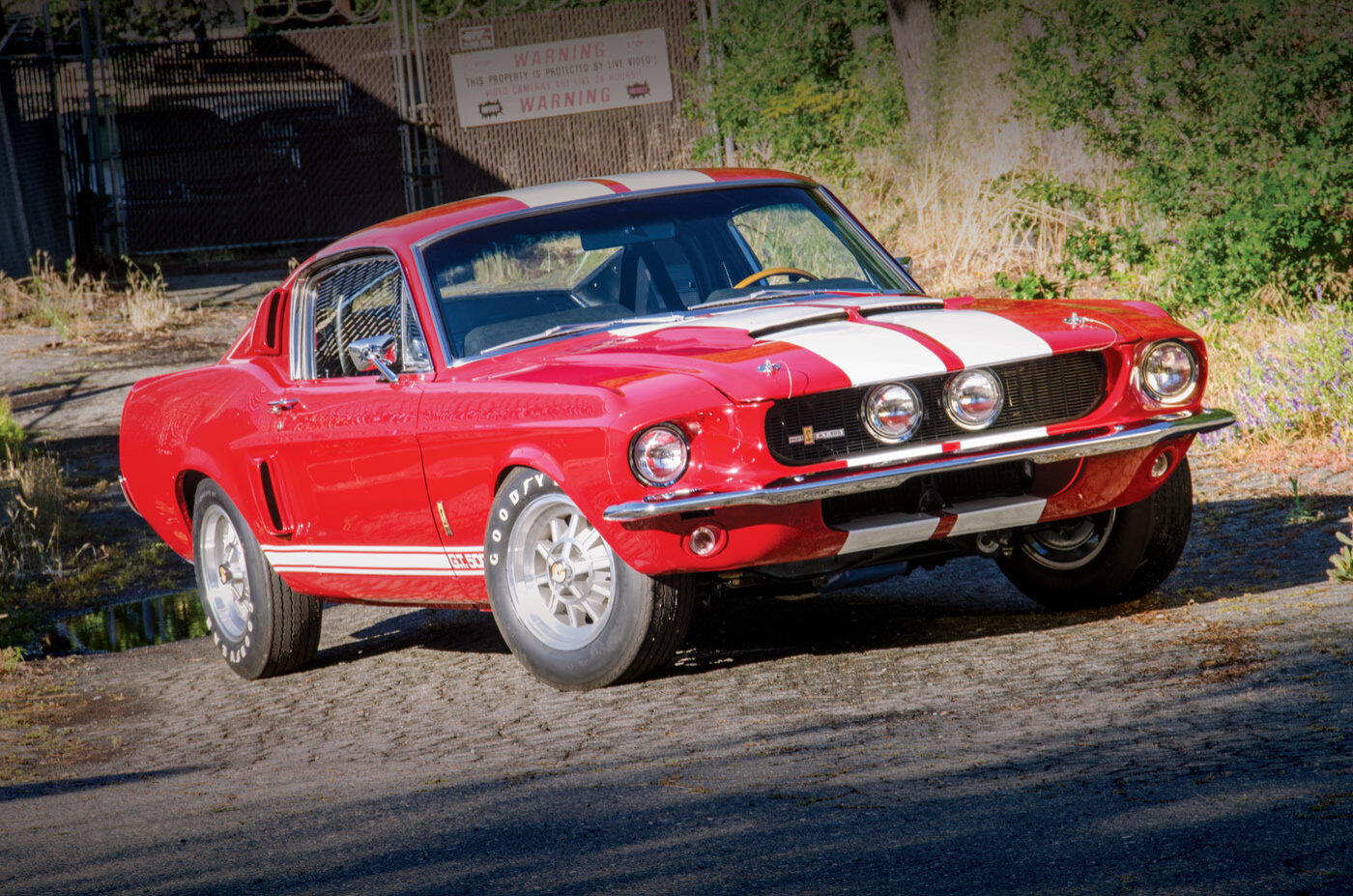
Building a proper ’67 Shelby GT500 clone
Story and Photos by Steve Temple
Earlier this year, the 1967 Shelby GT500 “Super Snake” sold for a staggering $2.2 million at Mecum’s Kissimmee auction, setting a record for the most expensive Mustang to ever cross the block. The crown jewel of Carroll’s Mustang-based cars, it’s powered by the MkII GT40’s high-output 427 ci side-oiler. The car was initially developed as a one-off collaboration with Goodyear to promote a new line of Thunderbolt tires. Sensing a great business opportunity, wily old Shel‘ wanted to build 50 Super Snakes in all, but Ford quashed that plan upon learning that each one would cost double that of a standard GT500.
Given this blunt mention of pricing begs a question: How much would it cost to duplicate a ’67 GT500 today — let alone a Super Snake? One potential answer is shown here, with some caveats, as we’ll see. But first, a bit of background to set the stage.
Rock star Sammy Hagar of Van Halen fame wanted a custom-built copy of a ’67 Shelby GT500. (No surprise, there, since he recorded “I Can’t Drive 55.”) So he planned to create one using a Dynacorn unibody and assorted reproduction parts. Trouble is, there was a tight deadline, and the project stalled. Hagar ended up moving on to another car, and the halted Shelby project came up for sale.
Shain Thomas collects all sorts of high-performance rides, ranging from exotic imports to domestic muscle cars. His brother Tom does bodywork and paint on the side, so when Shain found the halted Mustang build on the internet, they teamed up to complete Hagar’s stillborn Shelby reproduction.
Easier said than done, Tom relates, as the two brothers had been looking for a ’67 fastback for several years. Most were too full of body filler or bent in the front frame rails, though, so the reproduction route seemed like a better option. Even so, Tom was used to restoring worn-out, rusty rides, and this approach would be a pony car of a different color.
The reality is that even when a reproduction body is patterned off original sheet metal, the prototype can go through some teething issues. And often a production car will go through midyear changes, resulting in some inconsistencies.
That’s what Tom likely encountered on this project, as he had to cut and reweld various mounting brackets. Fitting and gapping the panels was a challenge as well, but on the other hand, the body panels in general were fairly smooth and straight, and didn’t require any special prep work. Given the big-block Mustang’s propensity for twisting frames, Tom also MIG-welded the roof seams at the quarter panels for extra rigidity.
Adding hours of bodywork to the project were the Shelby fiberglass pieces, including the hood, nose, trunk lid and scoops. Truth be told, even the original ones didn’t fit all that well, but Tom came up with an ingenious solution — one that other car builders might emulate.
To get the fiberglass scoops to align with the body, he put a layer of plastic wrap on the sheet metal to serve as a release agent. Then he applied resin and fiberglass mat to the scoop and bolted it on, so the wet laminate would fill in the gaps as it cured. Why didn’t he just glass on the part instead?
“You can’t just mold it on,” Tom explains. “The real car had them bolted on, and the reproduction part would have cracked later on.”
Once all the bodywork and original factory paint colors were applied using PPG base and clear coat, the rolling chassis went off to Gary Cook of Vintage Performance for installation of the wiring, plumbing and interior. He also pulled and reinstalled the ’68 428 Cobra Jet engine a few times, due to some mechanical upgrades that complicated matters.
A power rack-and-pinion steering system had already been installed, which created some clearance issues between the headers and the intermediate steering shaft. Long story short, the heads had to be replaced with Edelbrock units, and Cobra Jet exhaust manifolds were used instead of headers. Even so, Gary still had to massage the H-tube a bit to get everything to fit.
Other modern mechanicals created similar issues during the build. The TREMEC TKO 600 five-speed transmission is larger, so a crossmember for the floorpan had to be cut and notched to get the correct drive shaft angle. The brakes on the car were too big for 15-inch rims, so original-spec 11-inch Kelsey Hayes discs were used up front, and 10-inch Ford Explorer discs in the rear. Other modern touches included Global West tubular control arms and coilover shocks up front and a Currie Enterprises 9-inch rear with a stronger housing.
Finding all the trim pieces for the interior was a project in itself, but Shelby parts supplier Tony D. Branda was a huge help. He even pulled some original parts from his personal stash to help complete the car.
“My brother Shain didn’t want aftermarket stuff,” Tom notes. “He wanted the real-deal look.”
All told, cloning a Shelby can be a trade-off. Finding and fitting all the little parts is a hassle, but improving on an original makes the car much more enjoyable, as Shain points out: “It drives better than any car I’ve ever owned.” (Even compared to all those exotic imports he owns.)
Getting back to our original question about the cost of original versus replica: As everyone knows, Shelbys don’t come cheap. While an original ’67 GT500 might run as high as $250,000 or even much more, a good reproduction like this one will cost about six figures or so, although Shain admits to getting a great family discount from his brother Tom.
Even if you can afford an original GT500, “You can’t drive it anywhere,” Tom observes, noting the risk of damaging a rare collectible. Obviously Shain can and does drive his Shelby clone every chance he gets, and that’s priceless.
Super Snake ’67 GT500
Initially, the ’67 GT500 was powered by a Shelby-tuned 428 ci Police Interceptor, making it a top-tier muscle car back then. Later on, that engine was replaced with the new Cobra Jet mill. Never one to rein in his horses, Shelby readily agreed to drop in a race version of the 427 from the MkII GT40 as part of a promo with Goodyear.
The car’s performance potential was revealed in a promo stunt, running 500 miles at an average speed of 142 mph. Rolling proof that Gooodyear’s Thunderbolt tire was the ideal tire for late-’60s tire buyers.

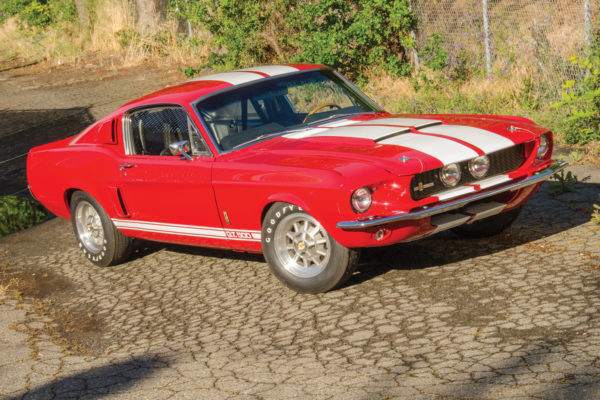
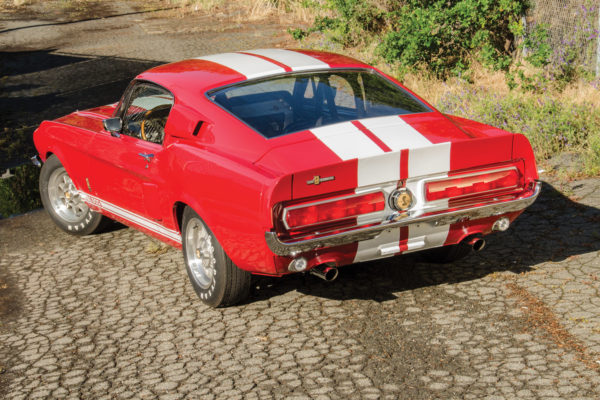
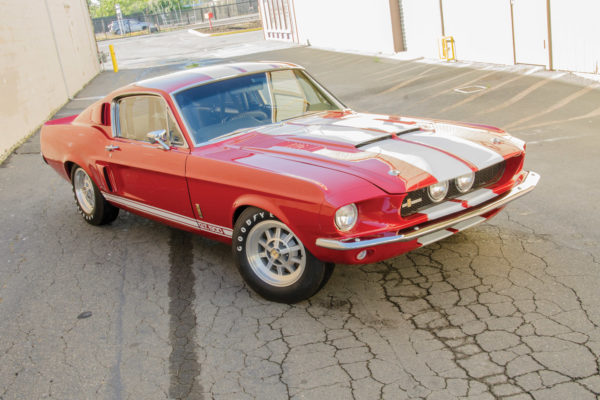
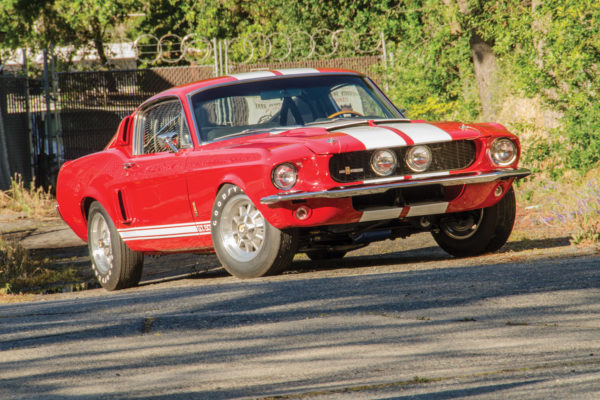
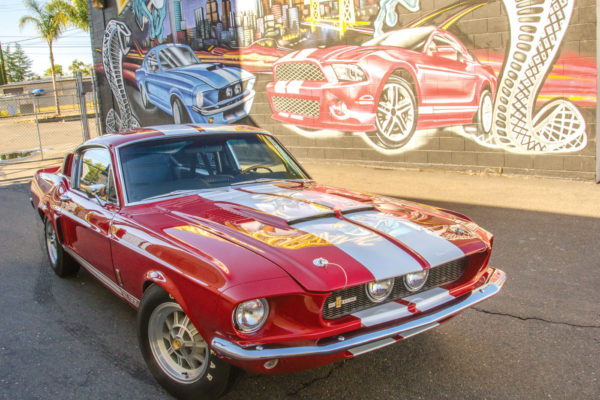
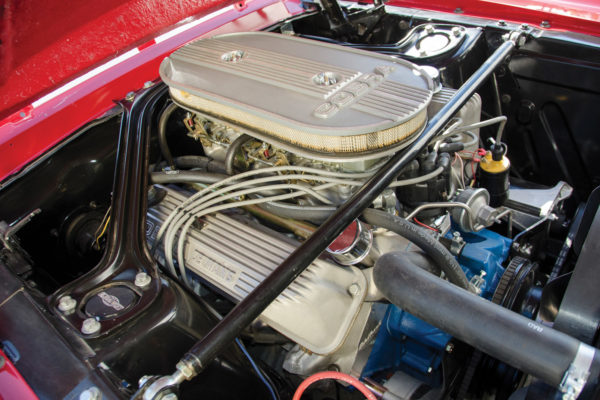
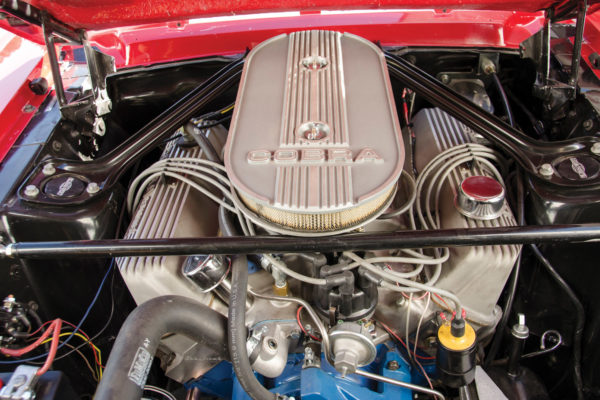
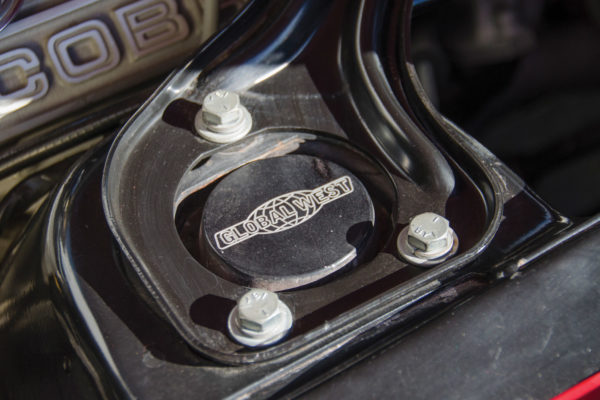
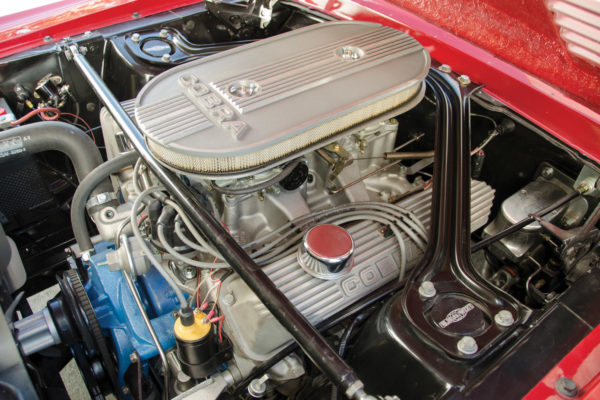
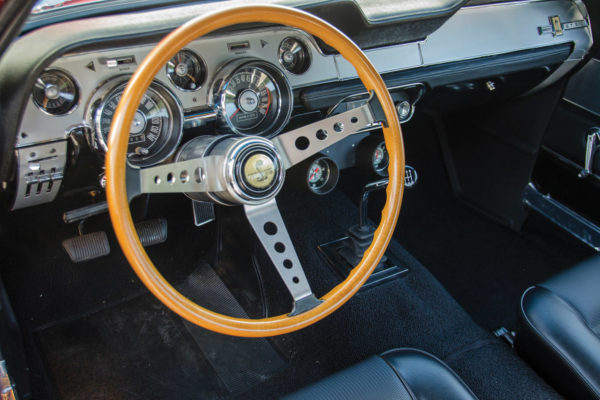
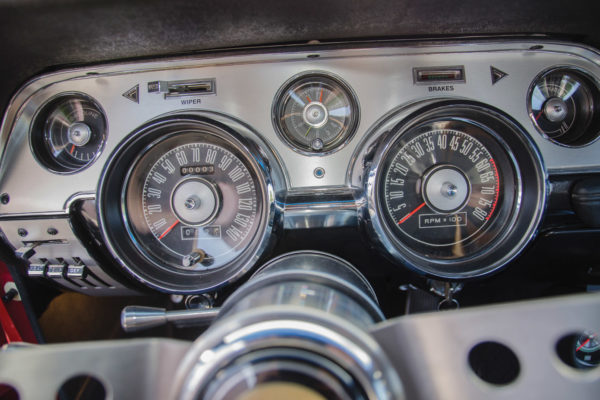
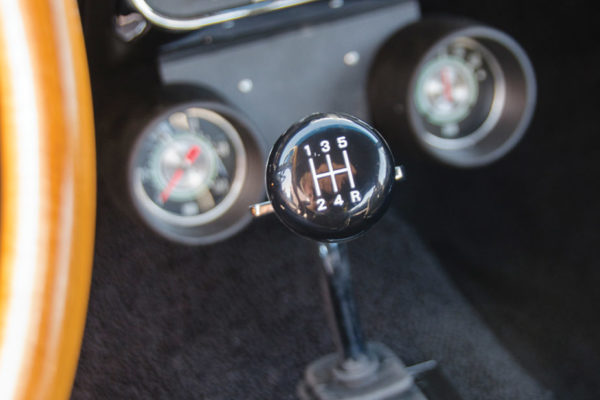
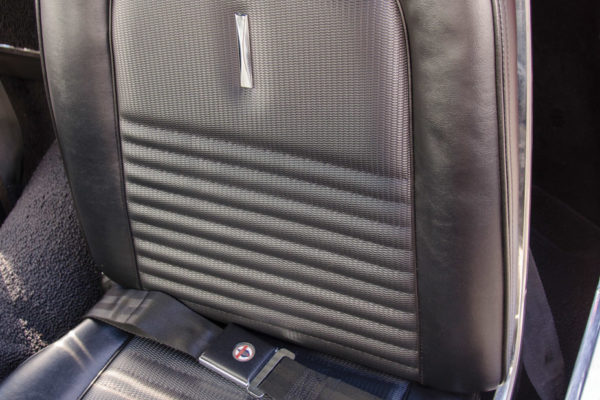
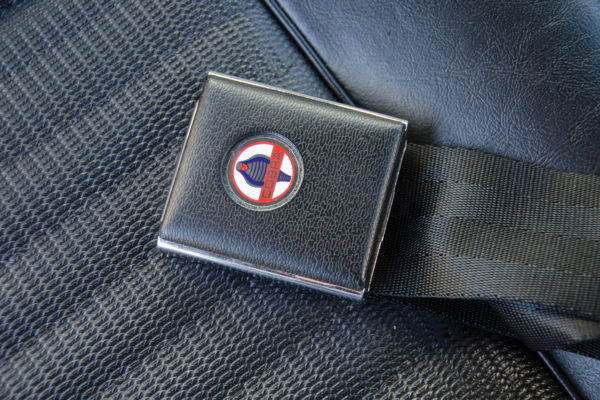
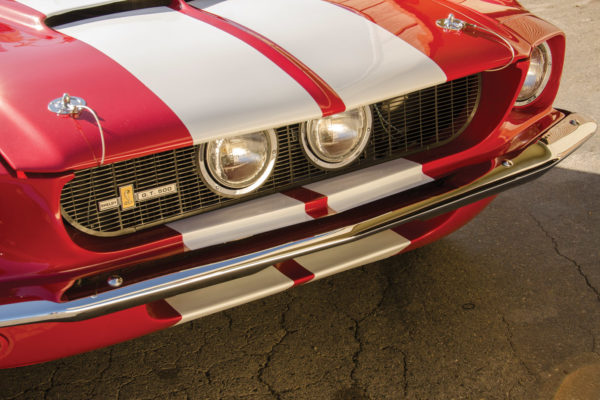
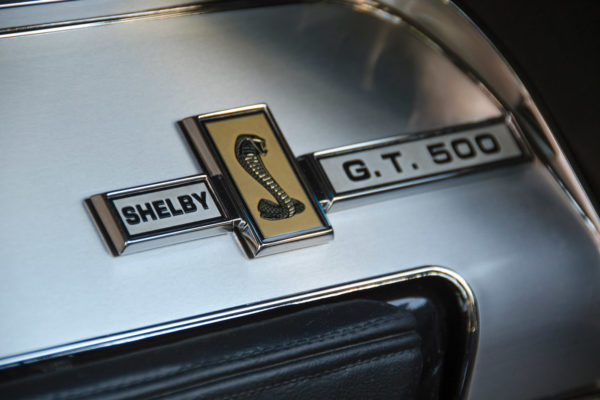
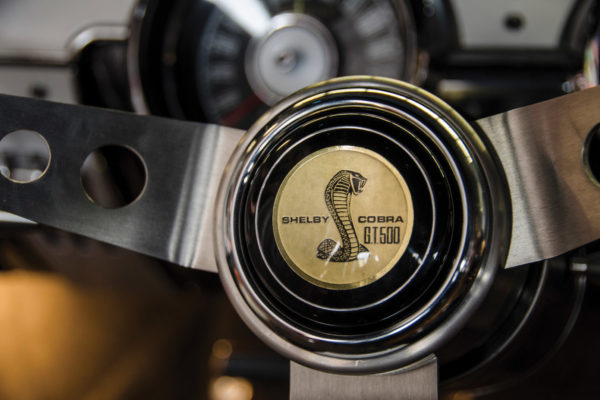
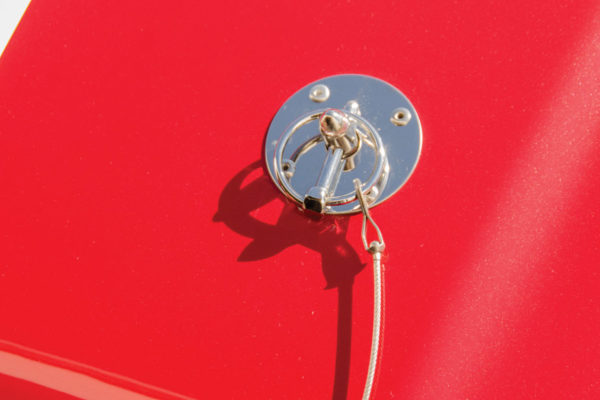
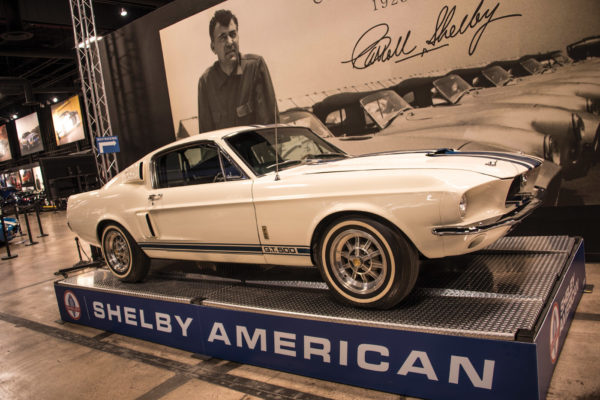
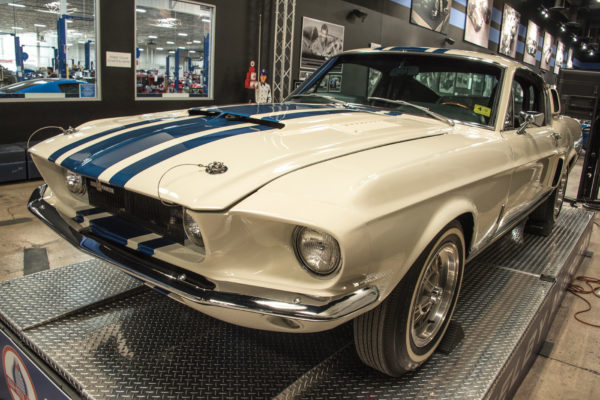
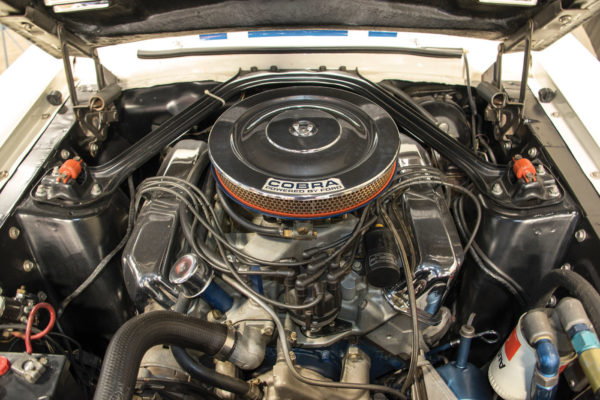
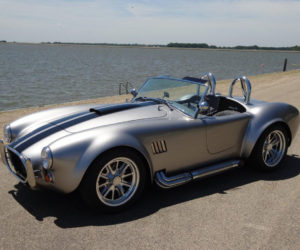
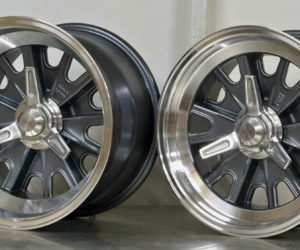
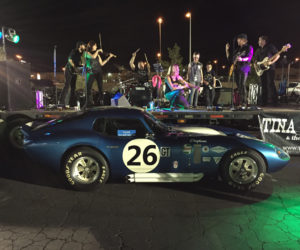

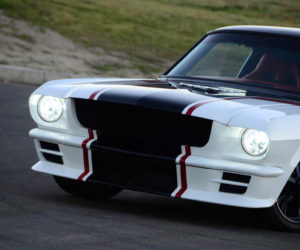
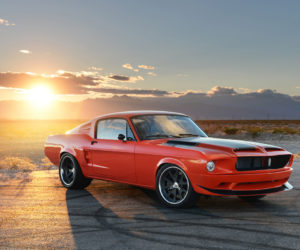




Comments for: Dollars & Sense
comments powered by Disqus